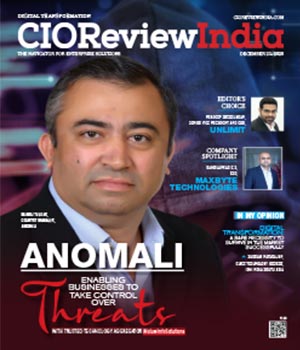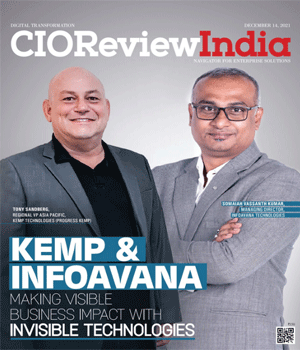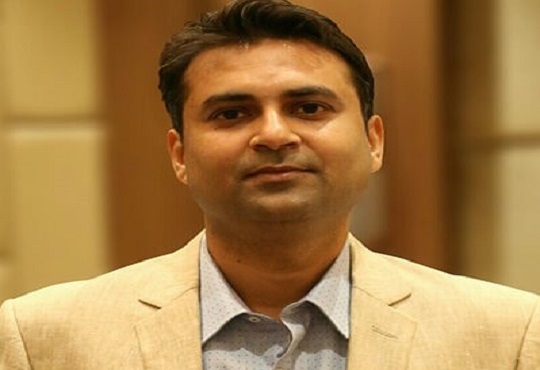
Automating A Linear Process Towards Multi-Dimensionality
Madhav Srinivasan, Chief Financial Officer, Hunton Andrews Kurth LLP | Thursday, 21 November 2019, 06:00 IST
 Law firms rely on two critical processes when taking on new clients. The first is the error-free clearance of any client conflicts, and the second is a thorough intake of new clients and matters into firms’ systems. For new clients, if any disputes are identified or anticipated, the firm needs to obtain needed clearance from existing clients. These can be waivers for ethical issues or consents for client relations. This is a fairly complex process, as it requires efficient and timely communication and coordination between multiple lawyers. Further, the absorption of new clients and matters has to be useful and comprehensive and includes addressing KYC, AML and other risk issues. A large number of data points have to be gathered and effectively integrated into the firm’s financial, marketing, contracts, information security and document management systems.
Law firms rely on two critical processes when taking on new clients. The first is the error-free clearance of any client conflicts, and the second is a thorough intake of new clients and matters into firms’ systems. For new clients, if any disputes are identified or anticipated, the firm needs to obtain needed clearance from existing clients. These can be waivers for ethical issues or consents for client relations. This is a fairly complex process, as it requires efficient and timely communication and coordination between multiple lawyers. Further, the absorption of new clients and matters has to be useful and comprehensive and includes addressing KYC, AML and other risk issues. A large number of data points have to be gathered and effectively integrated into the firm’s financial, marketing, contracts, information security and document management systems.
In the past, conflicts and new business intake (CNBI) have been linear & siloed processes with tasks completed manually and sequentially; and with all cross-communications happening entirely through email. As a result, this process remained quite routine and fragmented. Recent firm developments prompted us to take a fresh look at this procedure and led to the realization that CNBI can be a strategic first point in the revenue cycle, as also a way to gather vital information which can have positive implications later in the matter lifecycle. Contemporaneous with our new thinking, we found that leading vendors were offering integrated software solutions on state-of-the-art technology platforms.
“Now, with sufficient time after automation, the multi-dimensional conversion of our erstwhile linear process has proven to be singularly advantageous to our firm”
We embarked on a complete reengineering effort to take advantage of these automation capabilities, smarter workflows, efficient communications and effective data gathering and analytics. After two years of thoughtful planning and intense efforts, we implemented our new internally branded automated “Navigator” system. Navigator has made the CNBI process completely multi-dimensional, with auto-responsive workflows, single data repository, enhanced data capture, dashboard capabilities, and enhanced security combined with intranet and mobile access.
We designed Navigator so that the initial request is immediately transmitted to multiple endpoints based on triggering specific criteria; ensuring any credit checks, ethics assessment and business analyses are simultaneously performed along with conflict review, thus reducing elapsed time to starting the engagement. Since there are different points of touch on incoming clients, we can make smarter multi-faceted decisions on whether it is beneficial and feasible to accept a client, whether it makes business sense to admit a matter, and what conditions should be imposed in certain situations. Client information, attendant emails and conflict status are all available via a single dashboard which provides a 360-degree perspective to all participants. Input forms and routing workflows have been made specific to each constituent (for example, corporate versus litigation), leading to decreased transit time and customized user inputs. Owing to the underlying database, the new process enables collection and eventual dissemination of a large number of data points.
The end product of our automation efforts - Navigator- has been a tremendous improvement upon the earlier system. Multiple emails have been eliminated, losses of intrans it intelligence have been reduced, and the overall quality of client input has generally improved. Lawyers have appreciated the new features and functionality that have been made available. Users have welcomed the power and flexibility that has been provided. The new framework also allowed us a tremendous advantage, which was not fully evident at the time of implementation - that of increased scale. The aggregation of a huge number of matters arising from a recent merger soon after the system went live became possible since we had installed state of the art technology. Such a smooth process would not have been feasible under the old regime.
It is essential to point out that automation does require an enormous commitment of time & resources, dedicated implementers, and a reasonably flexible schedule; not to mention the countless hours after installation in training users and fixing bugs, as in any technology deployment. We created a team with very experienced conflicts, financial systems and technology personnel who worked very closely together. That team interviewed department team heads, firm management and administrative departments to incorporate their valued input into the design and implementation pathways while remaining open to innovative solutions for unexpected issues along the way.
Now, with sufficient time after automation, the multidimensional conversion of our erstwhile linear process has proven to be singularly advantageous to our firm. Navigator is now embedded in the firm’s DNA. We have implemented a comprehensive upfront assessment of new clients and matters. Our single entry data capture feeds numerous internal systems. Communication and process transparency between firm personnel and intake staff has improved. We are now considering leveraging the flow architecture and a large amount of captured data in strategic ways to leverage the tremendous latent value in the CNBI process. We are accruing such and other benefits every single day from our committed investment in process automation.
CIO Viewpoint
The Constantly Evolving Technology Landscape in...
By Janifha Evangeline
Navigating the Digitalization of Mining Industry
By Janifha Evangeline
How To Achieve An Effective Digital Transformation
By Yogendra Singh, Head-IT/SAP, Barista Coffee Company Limited
CXO Insights
No-code platforms: Enterprise-wide Adoption...
By Rahul Murthi, Director at Acies
Unleashing the Potential of IT in Engineering...
By Gyan Pandey, Head - Digital/CDO, Voltas
Low Code and Artificial Intelligence - The...


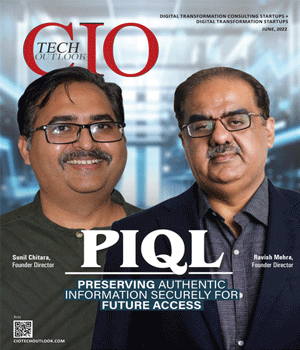
.jpg)
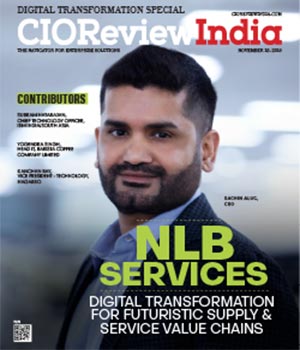
.jpg)
